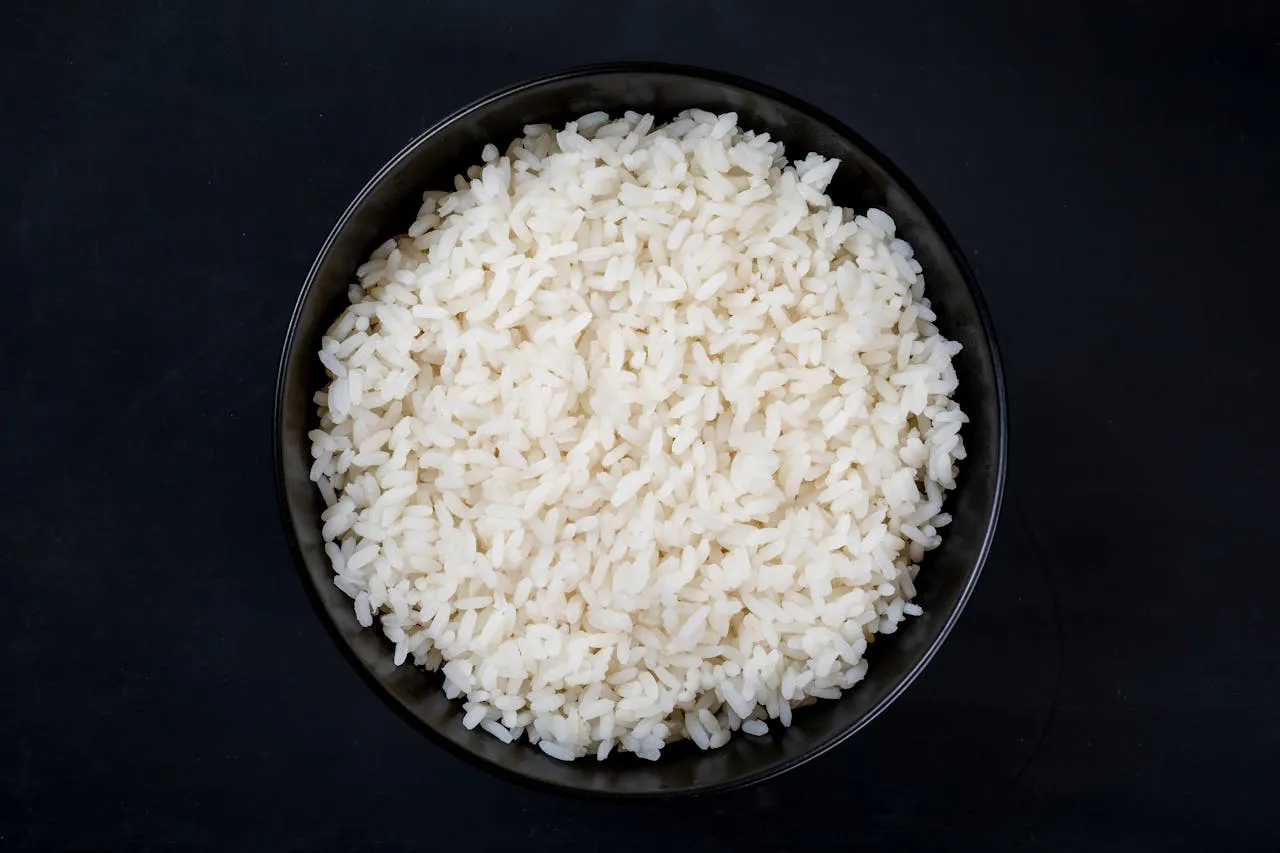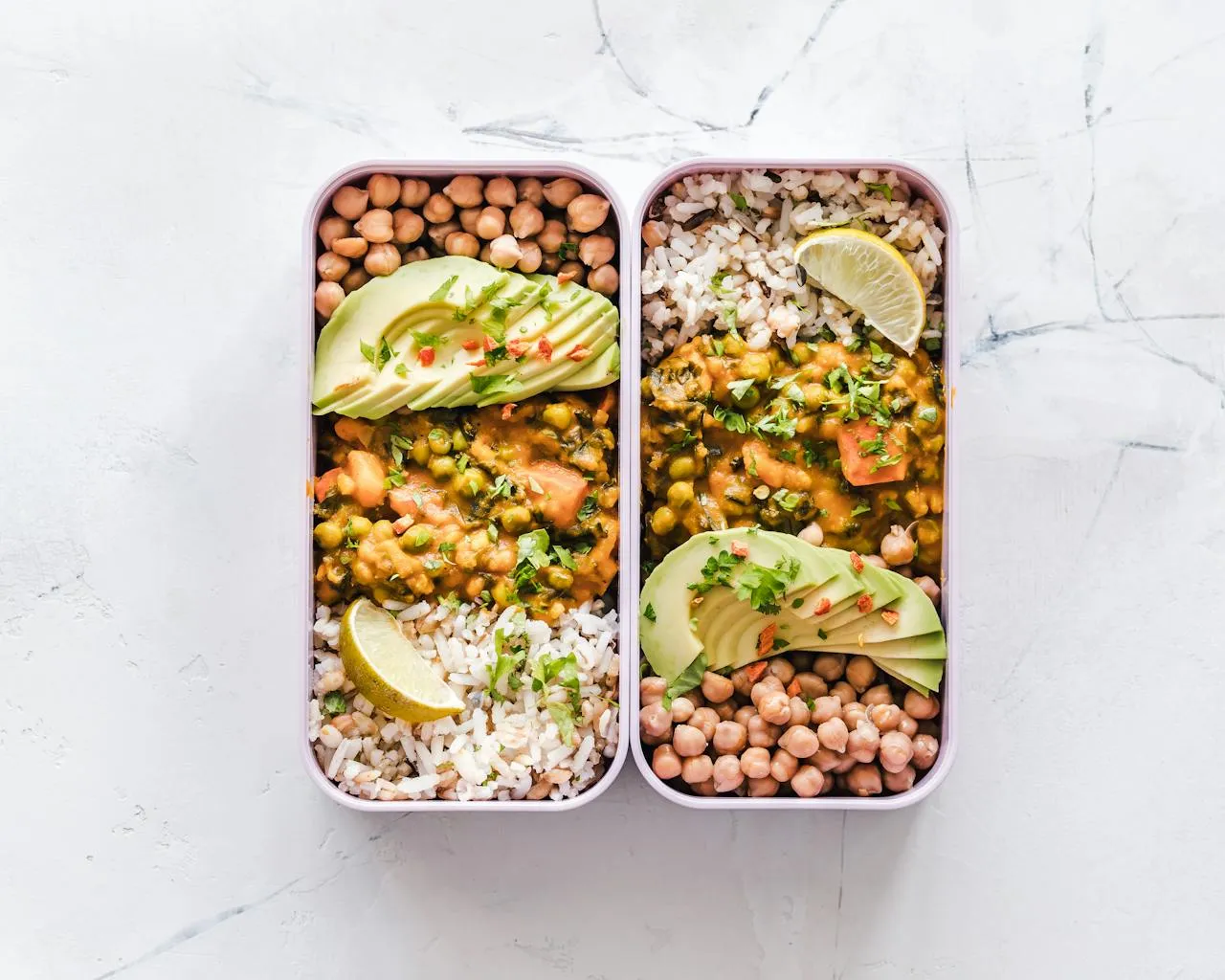 Tuesday, October 15, 2024
Tuesday, October 15, 2024The Ultimate Guide to Bulking: New Techniques and Approaches for Effective Muscle Building
Bulking, the targeted increase of muscle mass through a caloric surplus and intense strength training, has evolved over the years. While the goal remains unchanged – to gain more muscle mass and strength – the methods and approaches have significantly refined. The days of traditional "dirty bulking," where one would eat as much as possible, are over. Today, intelligent, science-based approaches take center stage that maximize muscle gain while minimizing fat gain. In this comprehensive guide, you will learn everything about the latest techniques, nutritional concepts, training methods, and recovery strategies that will elevate your bulking experience to a new level.

1. The Fundamentals of Bulking: An Overview
Before we delve into the latest developments, it is essential to understand the fundamentals of bulking. Bulking means keeping your body in a caloric surplus to build muscle. However, this needs to be carefully managed to minimize fat gain. Here, the three pillars of bulking play a central role:
Caloric Surplus: Your body needs more energy than it expends to build muscle.
Strength Training: Focused training damages muscle fibers which rebuild stronger during rest periods.
- Recovery: Without adequate recovery, your muscle growth will stagnate.
But how does one achieve effective bulking without unnecessary fat gain? The answer lies in modern methods and personalized approaches.

2. Lean Bulking: The Controlled Caloric Surplus
In the past, it was common to consume "everything" while bulking to quickly gain mass. However, this approach often led to undesirable fat gain that would later have to be painstakingly reduced. The newer approach of lean bulking takes a more controlled path: here, a moderate caloric surplus of about 200-300 calories per day is targeted rather than excessively overeating. This maximizes the gain of lean muscle mass while minimizing fat gain.
Advantages of Lean Bulking:
More Efficient Body Composition: Less fat gain during muscle growth.
Easier Cutting Phases: With less fat accumulated, the dieting phase is shorter and more effective.
- Improved Well-being: No uncomfortable feelings of fullness or fatigue from overeating.
Tip: Focus on nutrient-dense foods like sweet potatoes, rice, oats, lean poultry, and fish, as well as healthy fats from avocados and nuts. These provide the necessary energy and nutrients without excess calories from sugars and fats.

3. Macronutrient Cycling: A Flexible Nutritional Approach
Macronutrient cycling is a technique that varies the distribution of proteins, carbohydrates, and fats depending on training days. On intense training days, you consume more carbohydrates to fuel your muscles. Conversely, on rest days, you reduce carbohydrates and increase fat intake to keep your insulin levels low and promote fat burning.
Example of Macronutrient Cycling:
Training Days: 50% carbohydrates, 30% proteins, 20% fats.
- Rest Days: 40% proteins, 30% carbohydrates, 30% fats.
This method ensures your body receives the right amount of energy and nutrients at the right time without storing excess calories as fat.

4. Progressive Overload 2.0: New Approaches in Strength Training
The principle of progressive overload, or the continuous increase of training load, remains the cornerstone of successful muscle building. However, there are new techniques that have further developed this approach:
Cluster Sets: Here, heavy weights are divided into small "clusters" of repetitions, with short breaks between sets. For instance, you can break a set of 6 repetitions into three mini-sets of 2 repetitions each, with a 10-second rest in between. This technique allows you to maintain the weight at a high level for longer, stimulating more muscle growth.
Blood Flow Restriction Training (BFR): Using light weights and special bands that restrict blood flow, the muscle is put under extreme pressure. Studies have shown that BFR can increase muscle growth even at low loads, making this method ideal for athletes with joint issues.
Tempo Training: By consciously controlling the speed of movement (e.g., slow lowering phase), muscle tension is increased, leading to more micro-tears in the muscle fibers and thus enhanced muscle growth.

5. Advanced Recovery Techniques: The Key to Long-Term Success
Muscle growth does not occur in the gym but during recovery phases. Therefore, it is crucial to optimize your recovery to maximize muscle growth. New scientific findings show that sleep, active recovery, and recovery methods such as cold and heat treatments are critical factors for your progress.
Sleep Optimization:
7-9 hours of sleep per night are ideal for maximizing growth hormone and testosterone, both of which are vital for muscle building.
- Try to establish a consistent sleep routine and ensure a dark, quiet sleep environment.
Cold and Heat Therapy:
Cold baths or contrast showers after training can promote recovery by reducing inflammation and improving blood circulation.
- Sauna sessions or heat treatments enhance circulation and help relieve muscle tension.

6. Supplements for Muscle Building: What's New?
In addition to classics like whey protein and creatine, there are some new supplements that can support your bulking:
HMB (Hydroxy-Methylbutyrate): A derivative of the amino acid leucine that prevents muscle breakdown and promotes muscle growth, especially in beginners or during caloric surplus phases.
Ashwagandha: This Ayurvedic herb has been shown to reduce stress and increase testosterone levels, which is beneficial for muscle building.
- Cluster Dextrin: A new type of carbohydrate that is metabolized slowly and provides consistent energy, ideal for prolonged training sessions.

7. Nutrient Timing: Utilizing the Anabolic Window
The timing of your meals, especially post-workout, has a significant impact on your muscle building. Modern approaches emphasize the importance of the "anabolic window", the period directly after training when your body is particularly receptive to nutrients.
Strategy: Within 30 minutes post-workout, you should consume a meal or shake containing about 20-30 grams of fast-digesting protein (e.g., whey) and 50-100 grams of carbohydrates (e.g., bananas or rice) to maximize protein synthesis and replenish glycogen stores.

Conclusion
Bulking has evolved in recent years from a relatively simple approach to a precise science. With new methods like lean bulking, advanced training techniques, optimized recovery strategies, and innovative supplements, you can make your muscle building more targeted and efficient. The key to success lies in adapting your program to your individual needs to achieve maximum results.
Are you ready to get the most out of your bulking? Utilize the new techniques and get started!


